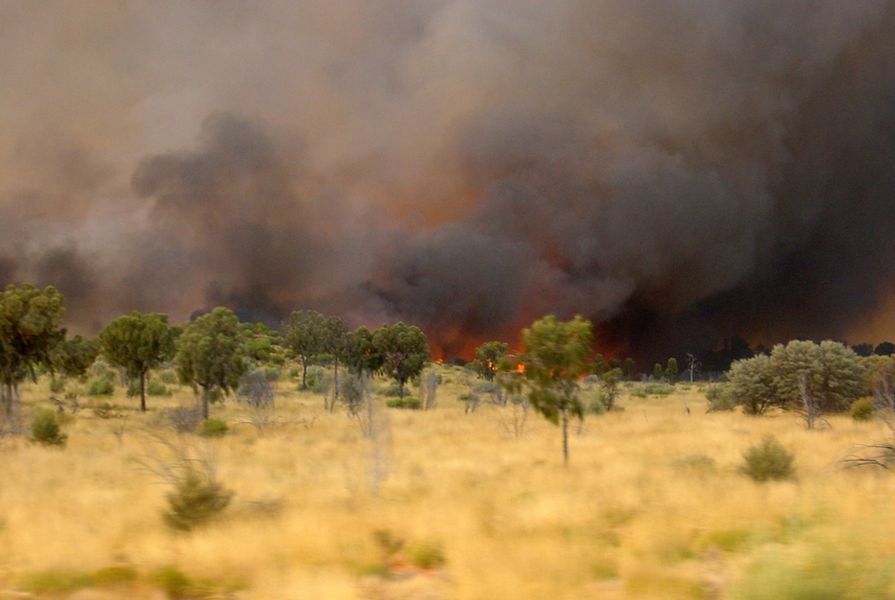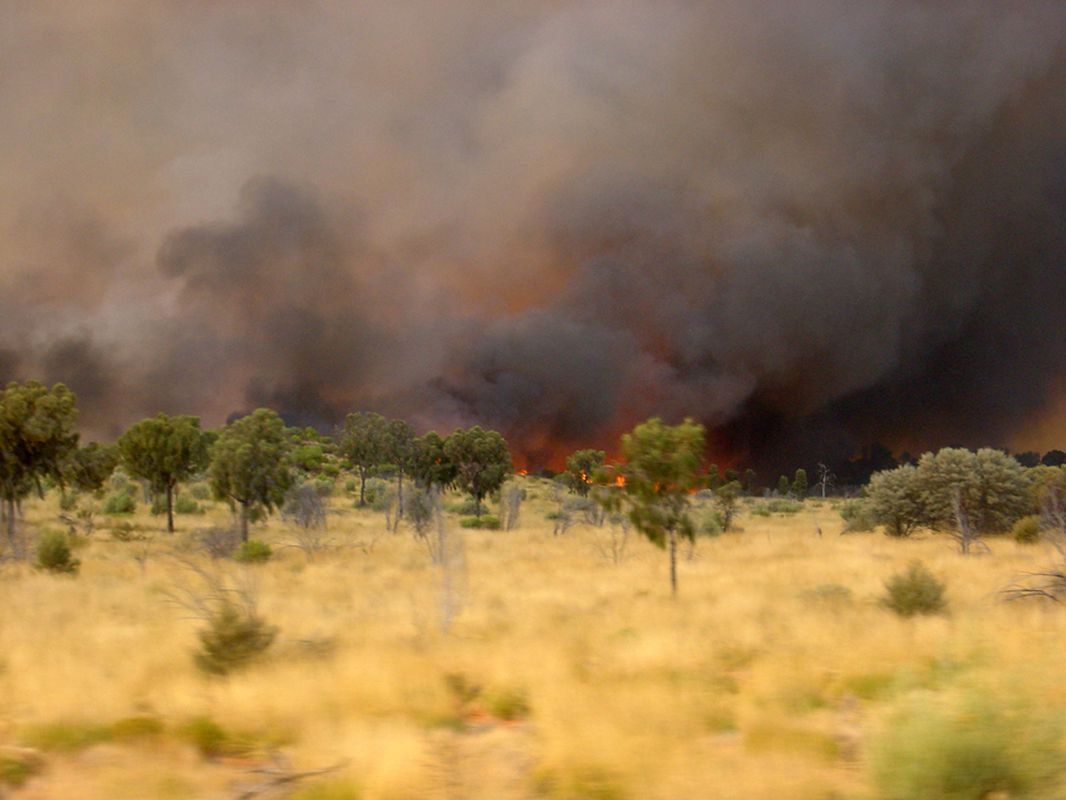When Cobargo on the NSW South Coast is rebuilt after being smashed by bushfires on 31 December, townspeople will want it to be as charming and attractive a place as it was previously – and they will want it to be better protected from future fires. There are dozens of other communities across Australia that have been burned or menaced by the most extensive bushfires in living memory – and like Cobargo, they’re looking to rebuild their shattered lives.
Everyone who has been affected will respond in their own way and in their own time, but ultimately all these communities will be reliant on the decisions of their governments – local, state and federal – to ensure that what comes after the fires is attractive, sustainable and as secure as possible from any future natural disaster threat. These decisions will be informed and guided by planners – who work in the public interest and who are strongly invested in the future. They and other built environment professionals in engineering, architecture and landscape architecture all accept the scientific assessments of the Intergovernmental Panel on Climate Change (IPCC) that human activity is changing our global climate and that irreversible change is already locked in. But they maintain there is still a prospect of stabilising global heating below 1.5 degrees.
To avoid runaway global heating and to ensure reconstruction is effective and long-lasting, governments must draw the connection between climate change, drought and these terrible bushfires – unreservedly, openly and honestly. Governments must work together in the public interest, not pander to vested interests. In short, they have to stop perpetuating a “business-as-usual” approach to global warming. Communities and the planning profession need to work together in the knowledge that our nation is making a real contribution to reduce emissions of greenhouse gases that underlie the changes in our climate.
The Planning Institute of Australia is working to ensure that planners have the necessary, skills, tools, policy frameworks, processes and data to make effective decisions about mitigation and adaptation in location-specific ways. Planning done well can have a tangible influence on how drought, bushfires and natural hazards exacerbated by climate change actually affect communities. Sympathetic land-use planning, building codes (including zero net carbon buildings), renewable energy policies, whole-of-lifecycle resource use, and well-informed strategic planning all make our built environment more sustainable and liveable. Planning will have a key role to play in renewing Cobargo and helping other towns and urban areas prepare for the hotter, drier and more extreme weather that climate scientists have forecast with increasing accuracy.
But this rebuilding and adaptation effort will only succeed if other key sectors – including mining, agriculture, manufacturing, and transport – accept responsibility for their own role in mitigating further impacts of climate change and commit to change. This doesn’t mean shutting down energy or emissions-intensive industries like coal mining or aluminium smelting; however, these sectors need to rapidly adjust to a low-carbon economy.
The federal government must encourage and guide these climate-change actions, starting with a clear and unequivocal acceptance of the link between extreme bushfires, drought and long-term climate change trends. Until now, federal climate policy discussions have been characterized by partisanship, point-scoring and a readiness by hardcore conservatives to deny the nexus between bushfires, drought and climate change.
The recent experience of the bushfires around the nation has seen a clear majority of Australians looking for national leadership and sensible pragmatic policies to mitigate the effects of global warming and to lower greenhouse gas emissions here and overseas.
We expect our government to show leadership globally, to enthuse, educate and empower other nations, rather than relying on accounting trickery or frustrating global negotiations. This would rebut increasingly strident claims that Australia is shirking its international obligations. We owe this to all Australians who have been traumatized by bushfires or are apprehensive about what a climate change future holds for our way of life.
Planners want to do their jobs – leading recovery efforts, preparing communities to be more resilient and helping to craft a long-term view that assists structural adjustment in the economy, social changes and lifestyle changes associated with adaptation.
We expect the Australian Government to do its job and make a meaningful response to reducing greenhouse emissions and mitigating the impacts of climate change.












